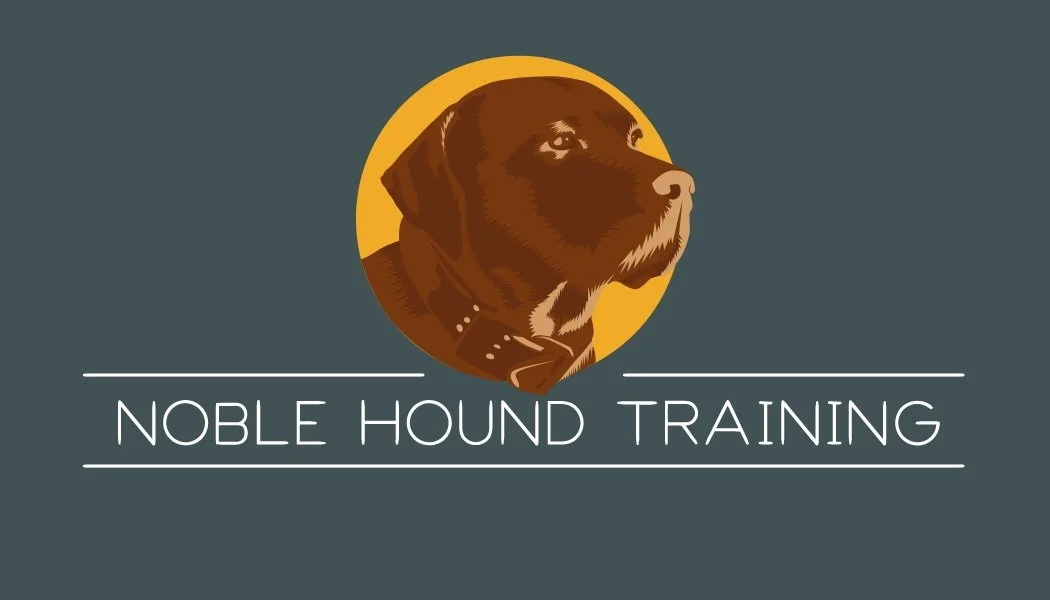Our Favorite Chomp & Chew Toys
Chomp & Chew Toys
Dogs love to chew, and it seems to be important for their behavioral health, too. Chewing often produces a more relaxed pooch, and can offer a way to cope with mild stressors or boredom. Puppies, whose gnawing needs are intense due to teething, are especially in need of ample chewing opportunities. Dogs with limited mobility due to age or injury can also benefit from this kind of low impact enrichment.
A useful chew toy should get your dog’s undivided attention for a period of intense chewing. For many dogs, this means something flavorful and malleable. Although Nylabone-type toys might be useful as everyday toys, most dogs I encounter find these only moderately interesting, and not sufficiently exciting for a prolonged chomp-a-thon. The trick is to find something that is safe and exciting (in other words, gross to most humans)! Unfortunately, the rawhide and sterilized bones that many of us used to give our dogs come with higher risks, including choking, intestinal blockages and broken teeth. Softer, more digestible options are important, as is supervision and examination of your dog’s chewing progress.
A few important safety precautions:
Chew Size= Chew toys should be large enough to prevent gulping and swallowing chunks. Check frequently, remove and discard any small pieces.
Dog Behavior= It is very common for dogs to have some level of possessiveness in regards to things they value highly and when people or other pets tease or grab at the item, many dogs will get quite grumpy. Being able to remove something from your dog is important skill to teach and reinforce, but this is not a skill many dogs have naturally. Practice approaching your dog and scattering several treats next to your chewing dog, then walk away. Work up to scattering a few treats for your dog to scavenge, while you collect the chew toy. If your dog freezes, growls or snaps, don’t panic or punish, but do get in touch with us right away.
Digestive Health=Chew toys tend to be rich and high calorie, which can cause some gas or soft stool in some dogs, especially younger ones. The first couple of times you give this to your dog, it is smart to limit chewing to 5 mins.
Emergencies=If you are concerned that your dog may have swallowed a large piece of this, or any type of toy, call your vet immediately.
Some of our favorite, and most relied-upon chew toys are
Rawhide-Free Chews: More digestible than Rawhide, we especially like brands such as Earth Animal and Smartbones. These need careful supervision, and definitely get pretty slimy and gross.
Himalayan Yak Chews: Some dogs may find these too hard, but microwaving for 10-15 seconds can help. Microwaving a too-small end piece for 30 seconds turns this into a popcorn-like edible treat that your dog can gobble safely.
Bully or Pizzle Sticks: Universally loved by dogs, but high calorie and quite smelly! Look for odor-free types and use with a chew holder, such as Jughead or Quizl for safety.
Jughead & Quizl: Hold chew toys, creating more safety and a longer lasting item
DIY Chomp & Chews: Carrot sticks are not universally loved by all dogs, but plenty of dogs really love the crunch!
